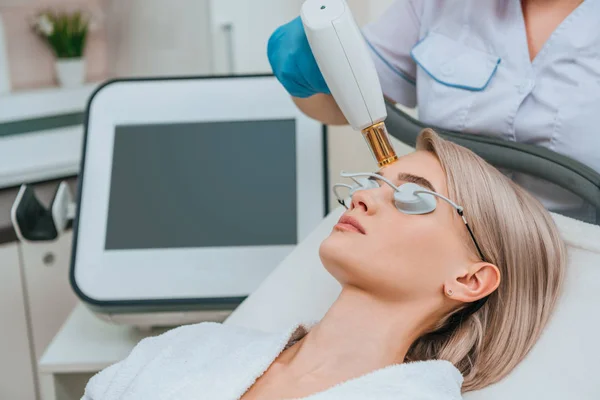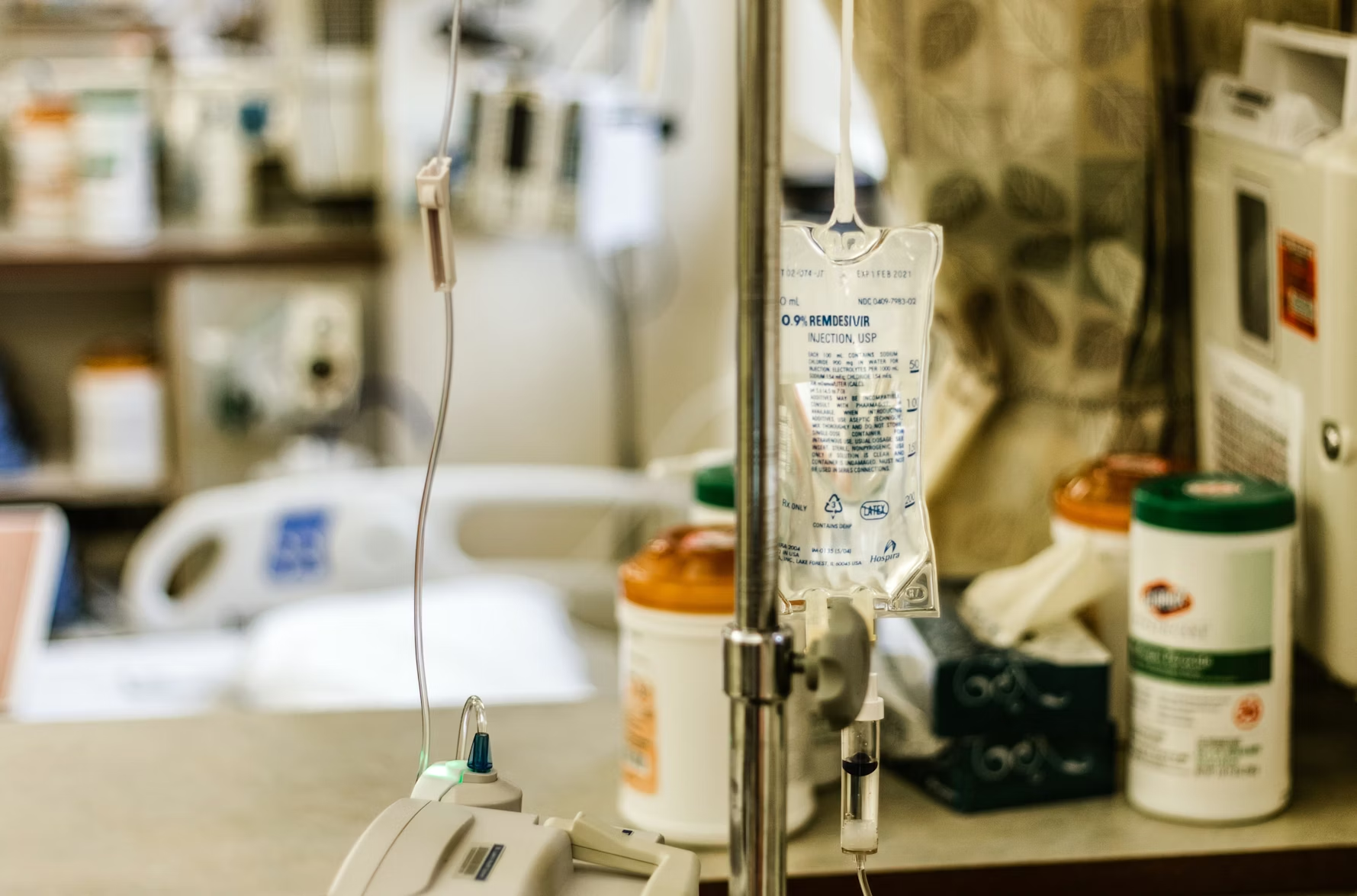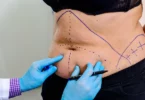Many cosmetic skin issues develop over time. For instance, as we get older, fine lines and wrinkles begin to develop as our bodies start producing less hyaluronic acid and collagen, causing loss of volume in some areas.
Furthermore, we may develop scars from injuries and acne, irregular pigmentation from sun exposure, or build-up of damaged cells on our faces.
All these issues can cause us to look tired and worn out. If you have any of the above cosmetic skin issues and you would like to address them, the good news is you can through a laser resurfacing treatment in Dallas.
What is a laser resurfacing treatment?
It is a procedure that uses lasers to treat different kinds of skin conditions and problems. In this method, concentrated beams of light are directed at irregular skin to remove it layer-by-layer by vaporizing it.
Therefore, the outer layer of the skin, the epidermis, is removed while the underlying layer, the dermis, is heated. This entire process then stimulates the growth of new collagen, which changes the skin’s appearance to become firmer and smoother. Conditions that can be treated using this procedure include:
Acne Scars
If you have acne scars and you would like them to be permanently removed by a specialist, then you should consider trying out this remedy. In the procedure, a wand-like instrument is used to remove the epidermis from acne scarring.
Thus, the old skin cells are removed from your face in order to reveal newer, healthier, and more youthful cells.
Crow’s feet
Crows’ feet can be caused by many different reasons such as the loss of collagen on your face, normal facial expressions, weight fluctuations, smoking, squinting, aging, and sun damage among others. Thus, getting crow’s feet is inevitable as it will happen sooner or later as we get older. However, the good news is it can be removed by undergoing this procedure.
Age spots
All age spots can be removed by the procedure which entails heating the skin layers underneath to stimulate the production of collagen. This will, in turn, stimulate the skin in the targeted area to heal smoothly and result in a more even appearance.
Sagging skin and wrinkles
The procedure can also remove wrinkles and sagging skin by promoting the production of collagen on targeted areas of the skin, thereby increasing the volume in the area, and enabling the sagging skin to cover a wider area.
Furthermore, the procedure is also used to treat other conditions such as droopy eyelids, sun-damaged skin, scars, liver spots, uneven skin pigmentation, and fine lines.
Types of lasers
Since there are many types of cosmetic skin conditions and issues, there are also different types of lasers that are used to effectively deal with each issue. Some of the most popular ones used include:
CO2 – They are ablative. This procedure is usually used to treat warts, wrinkles, scars, and other deeper skin flaws.
Erbium – They can be non-ablative or ablative. They promote the remodeling of collagen and are popularly used to address skin issues such as age spots, fine lines, skin laxity, and wrinkles. This procedure has fewer side effects than CO2, so your recovery period will be shorter.
Fractional – These can be non-ablative or ablative and they work by directing thousands of beams of energy on a small fraction of the skin in the area to treat any age-related blemishes.
Pulsed-Dye – They are usually non-ablative, and they work by heating the skin and absorbing pigments in a bid to reduce hyperpigmentation, redness, broken capillaries, and rosacea.
What to expect during the procedure
To begin with, the process you will undergo will depend on your individual cosmetic skin issue and how your practitioner will choose to address it. For instance, if you have wrinkles on the mouth, forehead, or around the eyes, the practitioner can treat them individually or do a full-face procedure.
If you will undergo a partial-face procedure, then the targeted areas will be numbed with local anesthesia. However, if your full face is being treated, then you will be administered general anesthesia to prevent any discomfort. Furthermore, a full-face procedure will take around 1 to 2 hours while a partial-face procedure will take around 30 minutes.
Your face will then be thoroughly cleaned, and the procedure will be performed on the targeted area. Afterward, the practitioner will apply a non-stick dressing on the treated area for 24 hours. You will then have to clean the treated area with saline solution 2 to 5 times a day and apply an ointment like Vaseline to prevent any scab from forming.
The areas will heal in around 5 to 21 days depending on the type of laser used and the condition that was removed. Since different patients will undergo different procedures to fix different issues, the aftercare may also differ. Thus, it is advisable to follow the aftercare instructions of your practitioner for optimal results.
What outcome can I expect?
Your skin may remain red or pink for a few months depending on the procedure you have undergone. Since normal aging will lead to the development of new wrinkles on your face, you can choose to undergo the procedure again.
Is the procedure safe?
The procedure is safe, and the technology has been designed for efficacy and precision. Furthermore, the practitioners are trained specialists who will ensure that the correct energy levels and settings are used to maximize the safety and results.
Furthermore, since there are different types of laser treatments such as CO2, Fractional, Erbium, and Pulsed-Dye, you should consult with your medical practitioner to know which one is best suited to treat your particular condition.
Conclusion
In conclusion, if you desire to address any skin concerns that you may have such as acne scars, sagging skin, jowls, crow’s feet, fine lines, wrinkles, or even age spots, then you should consider this option. The procedure is safe, uses very efficient technology, and is conducted by trained and experienced professionals. Furthermore, it has been tried and proven to deliver optimal results to most patients who have undergone the procedure.








